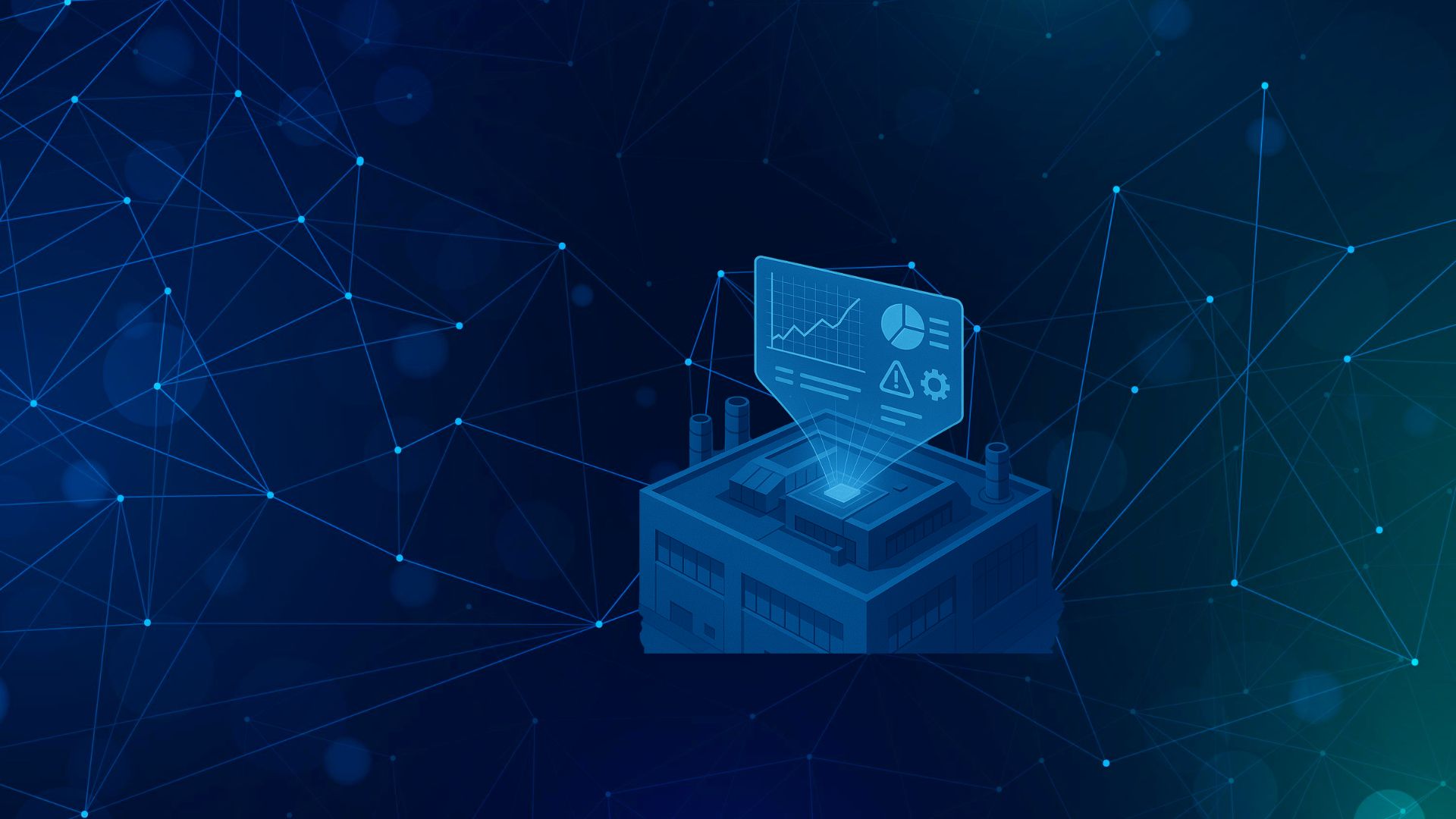In industrial energy management, what cannot be measured cannot be improved. This is why ISO 50001 assigns a central role to energy performance indicators (EPIs) and to the energy baseline (EnB).
Far from being mere numbers, these metrics are strategic tools that enable businesses to evaluate, compare, and optimise energy consumption systematically.
Defining and tracking energy performance indicators for businesses is not only essential for ISO 50001 compliance, but also contributes to cost reduction, improved sustainability, and enhanced competitiveness.
What are energy performance indicators?
In addition to the financial KPIs widely used in industry, energy key performance indicators are essential. An energy performance indicator can focus on a specific piece of equipment, an industrial process, or the entire facility, providing an accurate measure for monitoring purposes.
For this reason, companies establish a range of energy efficiency indicators that track energy consumption, energy use, and operational efficiency. Collectively referred to as EPIs, these indicators help determine the current status and progress of an organisation’s energy performance. They reveal the relationship between energy consumption and other factors such as operational activity, production output, or associated emissions.
These are quantitative measures that can be expressed in absolute terms (kWh, litres of fuel, cubic metres of gas) or relative terms (kWh per unit produced, kWh per square metre conditioned, kWh per tonne transported).
Types of energy performance indicators
Energy performance indicators can be categorised by their purpose and scope:
- Energy efficiency operational indicator: monitors the performance of equipment or processes in real time (temperatures, pressures, flow rates, partial loads).
- Global performance indicators: relate total energy consumption to production output or the service delivered.
- Environmental impact indicators: link energy use to CO₂ or other greenhouse gas emissions.
- Energy efficiency indicators: measure consumption optimisation against set standards or defined targets.
The role of EPIs in industrial energy management
The primary purpose of an energy performance indicator is to provide a reference point for:
- Detecting deviations from optimal values.
- Measuring the impact of implemented efficiency measures.
- Identifying improvement opportunities with savings potential.
Energy performance indicator examples
- Specific electricity consumption per tonne of product.
- Energy efficiency of a refrigeration system (COP).
- Fuel consumption per kilometre travelled by a logistics fleet.
Acording to the International Energy Agency, effective use of EPIs requires a decomposition method that quantifies and separates the effect of each variable on total consumption.
The energy baseline (EnB)
The energy baseline is the reference point against which future consumption will be compared. It is calculated from historical data and should cover a sufficiently stable period to be representative.
Under ISO 50001, the energy baseline can be adjusted when significant changes occur, such as:
- Replacement of machinery.
- Major variations in production volume.
- Changes in the primary energy source.
Variables affecting energy performance indicators
When defining energy efficiency indicators, it is essential to identify variables influencing consumption, such as:
- Production level.
- Climatic conditions.
- Operating schedules and patterns.
- Equipment maintenance.
- Technological changes.
Factoring in these variables helps determine whether indicator variations stem from operational changes or actual inefficiencies.
Characteristics of effective energy performance indicators
In summary, an effective energy efficiency indicator should:
- Be quantitative and relevant to the business context.
- Be chosen based on the company’s specific needs.
- Balance technical relevance with ease of measurement.
- Provide disaggregated data for optimisation analysis.
- Be linked to a well-defined energy baseline.
- Be supported by a report detailing the identification, collection, and monitoring methods.
- Involve collaboration across multiple departments.
Steps to establish effective EPIs
A typical process for defining strong energy performance indicators for businesses includes:
- Identify key energy uses: Prioritise high-impact areas and set initial baselines.
- Define variables and relationships: Establish whether the EPI will relate to total, partial, or process-specific energy and how it links to production, floor area, or hours of service.
- Segment indicators: In industrial settings, EPIs can be operational (for plant managers) or global (for senior management).
- Collect reliable data: Whenever possible, use automated systems to avoid manipulation and enable real-time monitoring, such as the Gradhoc platform, which offers custom dashboards and remote facility control.
- Limit initial indicators: Avoid excessive numbers at the start to prevent resource overload.
- Link EPIs to specific targets: They should follow SMART criteria (specific, measurable, achievable, realistic, time-bound).
- Create an action plan: Assign responsibilities, set deadlines, and conduct periodic reviews.
Tools for monitoring energy performance indicators
Digital platforms like Gradhoc simplify data collection, visualisation, and analysis. Key features include:
- Real-time monitoring: Detect anomalies instantly.
- Custom dashboards: Show only the most relevant energy efficiency operational indicator data to each user.
- Automated alerts: Notify of abnormal consumption or threshold breaches.
- Detailed historical data: Enable comparison across periods and trend analysis.
Practical example
A food processing plant defined its main energy performance indicator as electricity consumption per tonne produced. By installing sensors on critical lines and tracking this indicator, the company detected that a refrigeration compressor was operating outside its optimal range during night shifts. Adjusting the settings led to an 8% annual electricity saving—equivalent to over €30,000 and 120 tonnes of avoided CO₂ emissions.
This approach can also serve as a sustainability indicator in the agri-food sector, measuring consumption and emissions across processing plants and cold chain operations.
Energy efficiency is one of the most sensitive indicators in maintenance: a misaligned compressor or a clogged HVAC can spike consumption. Many of these savings are linked to early anomaly detection. You can see this in our examples of predictive maintenance.
Benefits derived from the implementation of energy performance indicators
Implementing energy performance indicators iso 50001 brings measurable advantages:
- Improved operational efficiency through data-driven decision-making.
- Easier regulatory compliance, with documented support for audits and certifications.
- Direct cost savings by identifying unplanned consumption quickly.
- Reduced carbon footprint through measurable environmental impact reduction.
- Greater transparency for management, staff, and stakeholders.
- Enhanced corporate reputation by communicating efficiency achievements internally and externally.
- Increased competitiveness through deeper operational insight.
- A stronger foundation for integrating other management systems.
The intelligent use of energy efficiency indicators and energy baselines is the backbone of any successful energy management system. In industry, where every kWh matters, having accurate, up-to-date data is the difference between reactive and proactive management.
ISO 50001 provides the methodology; technology, such as that offered by Gradhoc, turns data into informed decisions that deliver savings, sustainability, and competitiveness.



